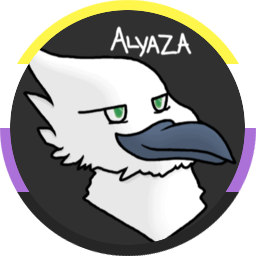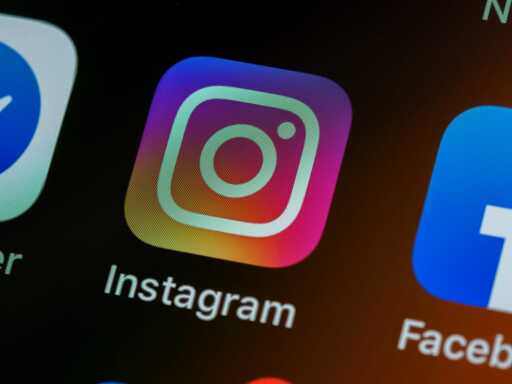In December 2020, when the FTC filed its case, I predicted that the government would lose due to its shoddy market definition. At that time, TikTok already had 800 million users, and the entire consumer internet was remaking itself around the company’s innovations. Citing internal company documents that Platformer had obtained, I noted that after TikTok was banned in India, Instagram use surged — clear evidence that the companies were and remain close rivals.
A year later, US District Court Judge James E. Boasberg dismissed the FTC’s lawsuit for failing to provide sufficient evidence to back up its assertion that Meta held a monopoly in personal social networking. But he let the FTC try again, and allowed the case to move forward in 2022. Even then, he warned the FTC that it was on shaky ground. (“Although the agency may well face a tall task down the road in proving its allegations, the court believes that it has now cleared the pleading bar and may proceed to discovery,” Boasberg wrote at the time.)
The trial finally began this April. From the start, the government struggled to get Meta executives to offer evidence that would bolster their case. When the government pressed CEO Mark Zuckerberg on the idea that Meta’s core value proposition is to connect friends and family, Zuckerberg pointed out — accurately — that over the past few years usage has gradually shifted to watching Reels and other content made by creators.
In the end, it was a simple experiment that undid the FTC’s case. To determine whether Meta held a monopoly, Meta hired an expert to pay people to stop using its products — and then to observe where they went to fill the time.
John List, a professor at the University of Chicago, recruited 6,000 participants for a study. With permission, he installed tracking software on their phones. And then he made them an offer: for every hour that the participant did not use Facebook or Instagram, he would pay them $4. (Participants only had to give up one app; the Facebook holdout group was allowed to use Instagram and vice versa.)
Initial results:
Facebook→ YouTube, Instagram, TikTok
Instagram→ YouTube, Facebook, TikTokCorrected for time spent on platforms:
Facebook→ Instagram, TikTok, YouTube, Snapchat
Instagram→ TikTok, YouTube, Facebook, SnapchatInstagram is also Meta, so it doesn’t look like anyone actually left Meta’s platform




